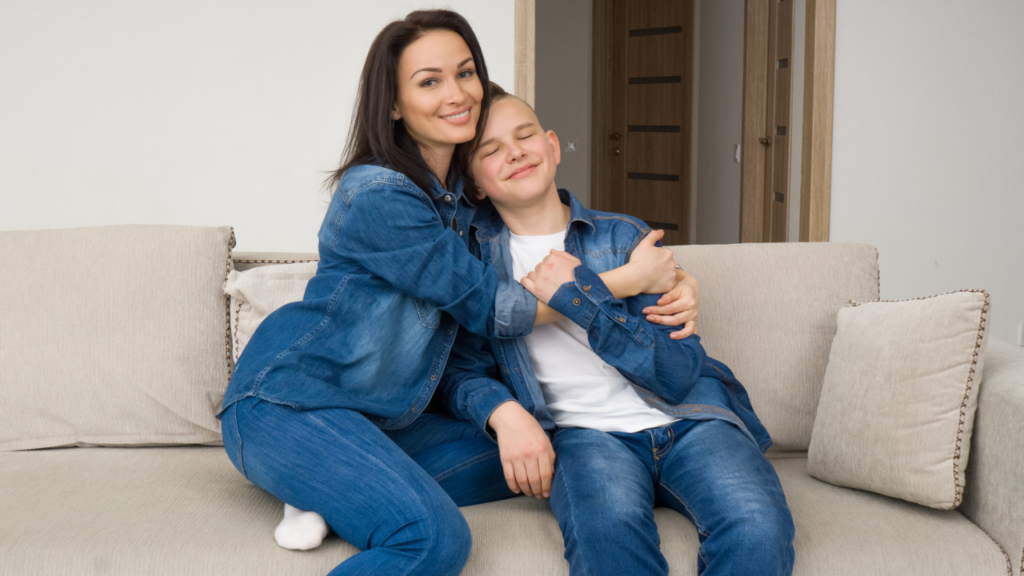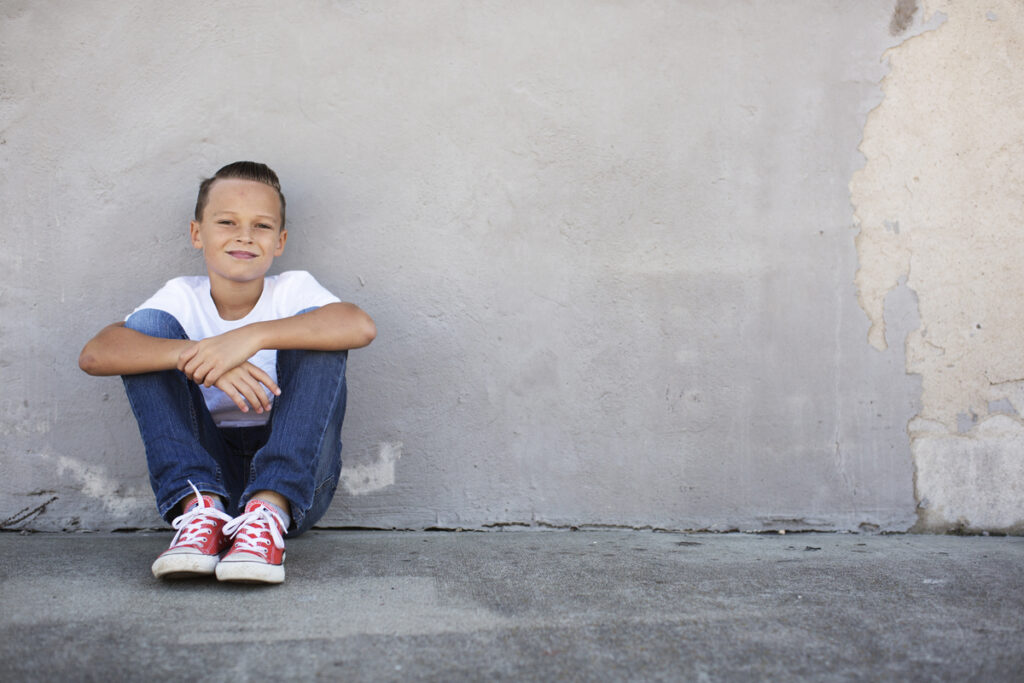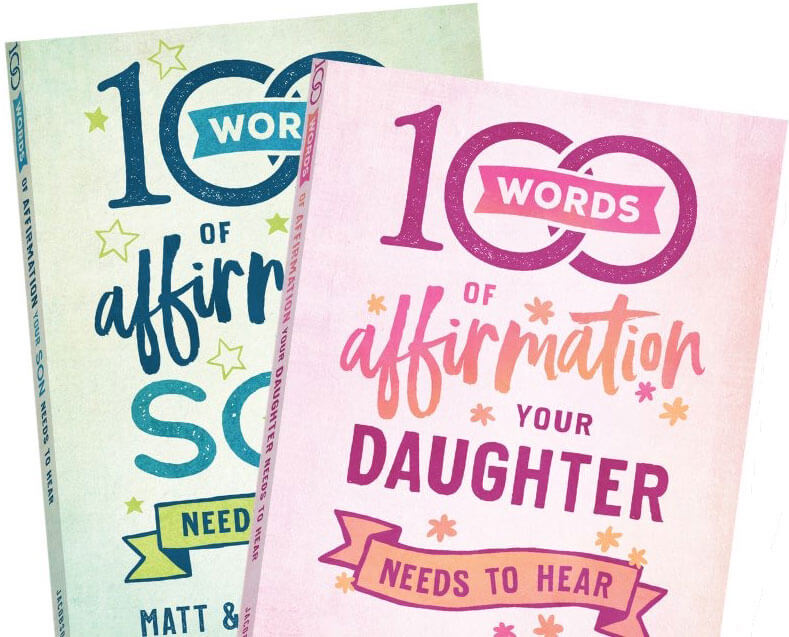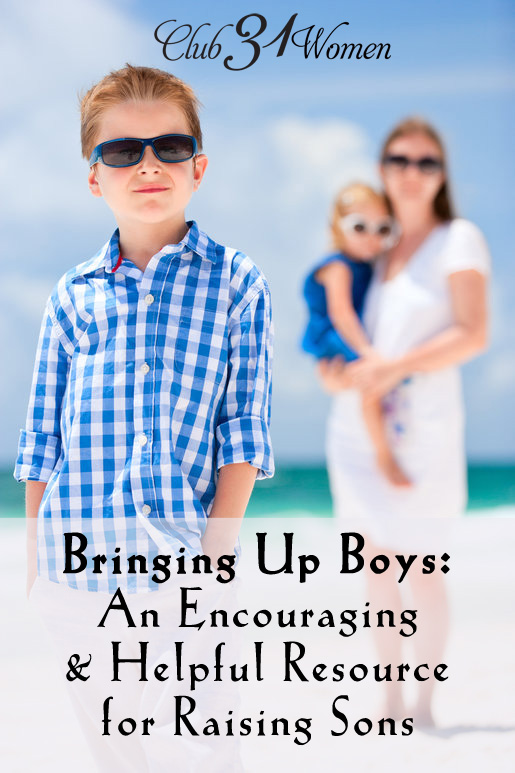How to Talk to Kids about Pornography: 3 Painless Steps
Our children need to know about pornography before it finds them we as parents CAN talk to them about it so they have a plan.

Are you nervous to talk to your kids about pornography? Teaching kids about where babies come from may seem simple in comparison. It’s such an important conversation to open and the good news is that it’s not as difficult as you think. I’ve broken it down into three relatively painless steps: 1) Start early, 2) Empower kids with What, Why & How, and 3) Keep on learning and talking!
Start Early
How early should you begin warning your child about pornography? The short answer is as soon as they have any access to the internet (or apps that lead to the internet). #SoonerIsSafer! No conscientious parent allows a child access to a busy street without teaching them about the dangers of oncoming cars. It just makes sense to give young kids a gentle warning about harmful content as soon as they are allowed to play on the byways of the internet.
Susan is a very protective mom, and very wise, too. She told me about the time when her 7-year-old son was exposed to pornography by a neighbor. A few days earlier, she had re-read Good Pictures Bad Pictures to her son and reminded him of what to do if he ever saw a bad picture. Although it was distressing, everything worked according to plan! He turned away and went home and told his mom what he had seen. Thankfully, he was prepared!
Children who are caught off guard by pornography are not safe. They are more vulnerable than children who have been warned and given a plan for responding to exposure.
When a parent begins early, it’s not awkward for the child. As the adult, you create the context. Parents continue to tell me that their kids take it well. And that broaching the topic creates an even stronger, more trusting bond with their child.
Don’t be scared—be prepared!
Empower Kids with What, Why & How
Children need to know three things about pornography:
· What it is—they need an appropriate definition of pornography
· Why it’s harmful—so many kids grow up without a clue that pornography can hurt their young minds—they need good information!
· How to reject it with a plan so they know exactly what to do when they see pornography.
An age-appropriate definition of pornography for a young child gives them just enough information so they can recognize it. In my Good Pictures Bad Pictures series of read-aloud books, I use the following simple definition. “Pornography means pictures, videos, or even cartoons of people with little or no clothes on…that focus on the private parts of the body we keep covered with a swimsuit.”
Note: Kids are very literal, and nuance is lost on them. Just teach them to come and tell you if they see nudity or near-nudity and you can enlighten them if they need additional understanding.

Explain why it’s harmful.
For young children, I use the “picture poison” analogy in my Jr. book. You’ve already taught them about poison and harmful substances. Pictures can poison the mind, too. Again, reassurance is critical: “There’s something good you can do if you see a bad picture.”
Older children can learn how pornography can become a bad habit or even an addiction. Once kids understand the process of addiction, they have a real opportunity to protect their own brains. Good Pictures Bad Pictures: Porn-Proofing Today’s Young Kids describes how the “thinking brain” and the “feeling brain” can work together to stay safe from addiction.
Give Kids a Plan
It’s common wisdom to teach kids to respond to a fire or active shooter. They need the same “fire drill” for pornography. Thankfully, most children won’t deal with a fire or a shooter, but all of them will need to escape from pornography.
The “escape” plan from Good Pictures Bad Pictures Jr. is simply “Turn, Run and Tell!” Turn away from the bad picture, hurry and get away, and go tell a trusted adult what you saw. The CAN DO Plan from Good Pictures Bad Pictures helps kids not only turn away from it but to label it by saying “That’s pornography!” This allows kids to have more control over their thoughts by engaging their thinking brain.
Make sure your kids know who they can talk to about pornography exposure wherever they are. Talk to their teachers at school and find out what their plan is for students reporting pornography exposure.
Finally, help your kids to know how to minimize or “forget” any shocking images they are exposed to by learning to redirect their thoughts to something they get excited about. For example, if they love horses, have them think about saddling up and galloping away! And encourage them to keep practicing—it takes several times, but every time a bad image pops up, just keep thinking about something else. Pretty soon, that memory will begin to fade. You can find more information in the back of both Good Pictures Bad Pictures books.
No Child Deserves to Face the Porn Industry Alone
Kids who interface with screens need to know what pornography is, why it’s harmful, and what to do when they see it. And they also need constant mentoring.
I am grateful for caring adults who choose to confront pornography head-on so kids won’t have to face it alone. And once you begin the conversation, it gets easier and more comfortable. You CAN DO it.

Author of Good Pictures Bad Pictures: Porn-Proofing Today’s Young Minds and Good Pictures Bad Pictures Jr: A Simple Plan to Protect Young Minds, Founder of DefendYoungMinds.com, owner and CEO of Glen Cove Press.
Twitter: @DefendYM
Facebook: DefendYM

100 Words of Affirmation Your Son/Daughter Needs to Hear
Matt and Lisa Jacobson want you to discover the powerful ways you can build your children up in love with the beautiful words you choose to say every day–words that every son and daughter needs to hear.
These affirmation books offer you one hundred phrases to say to your son or daughter – along with short, personal stories and examples – that deeply encourage, affirm, and inspire.
So start speaking a kind and beautiful word into their lives daily and watch your children–and your relationship with them–transform before your eyes.






